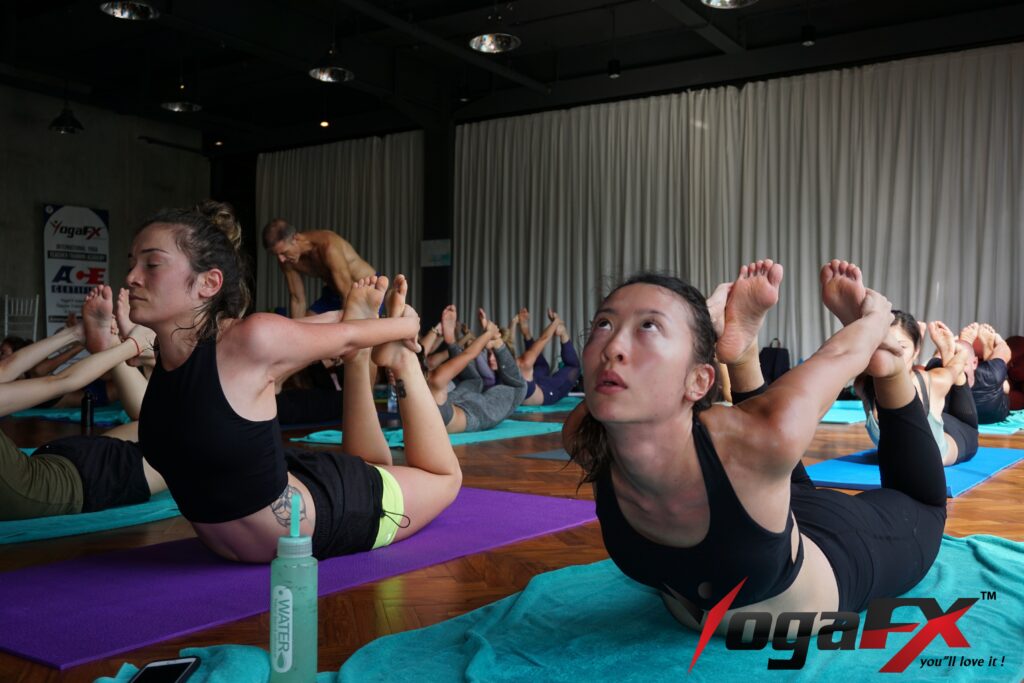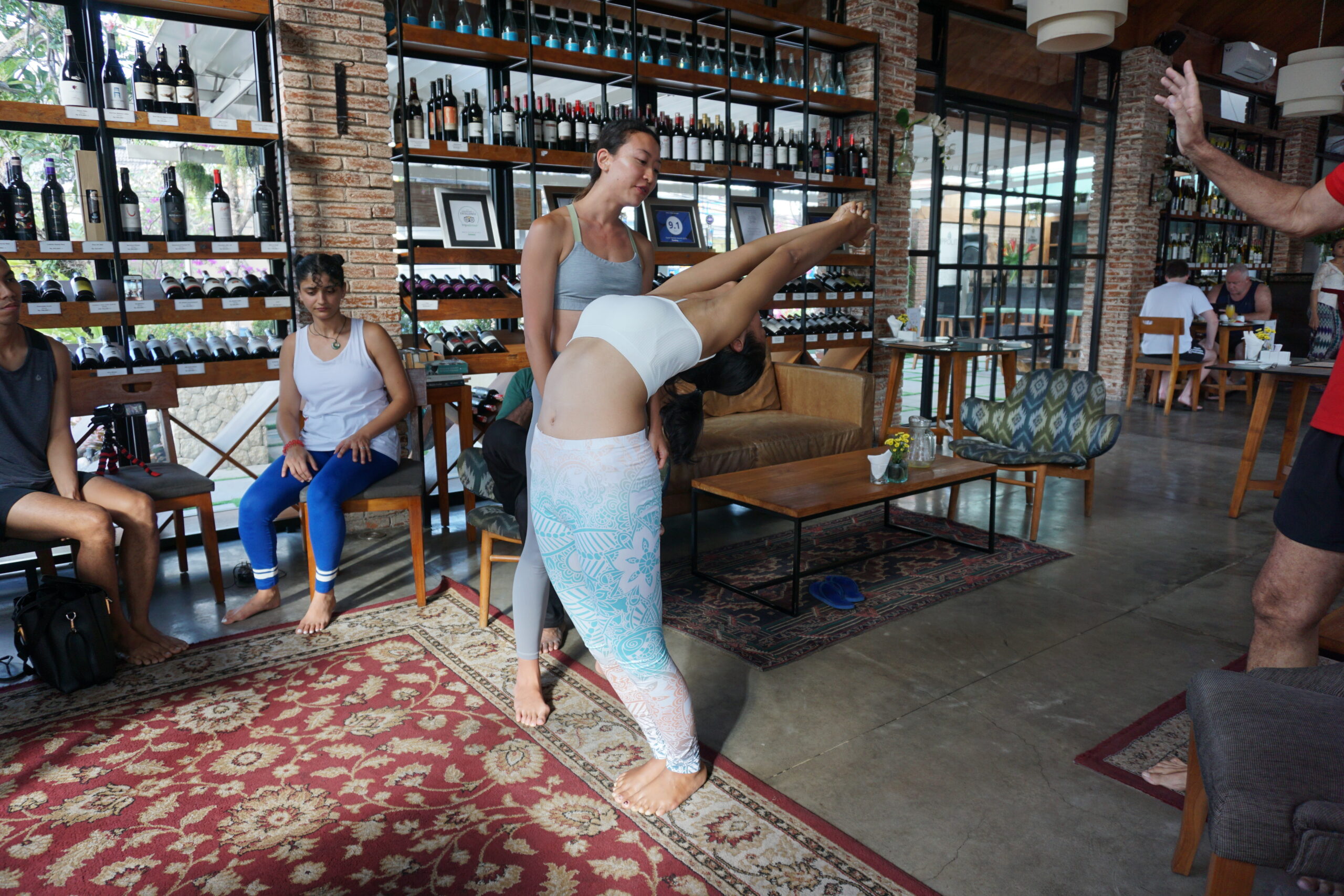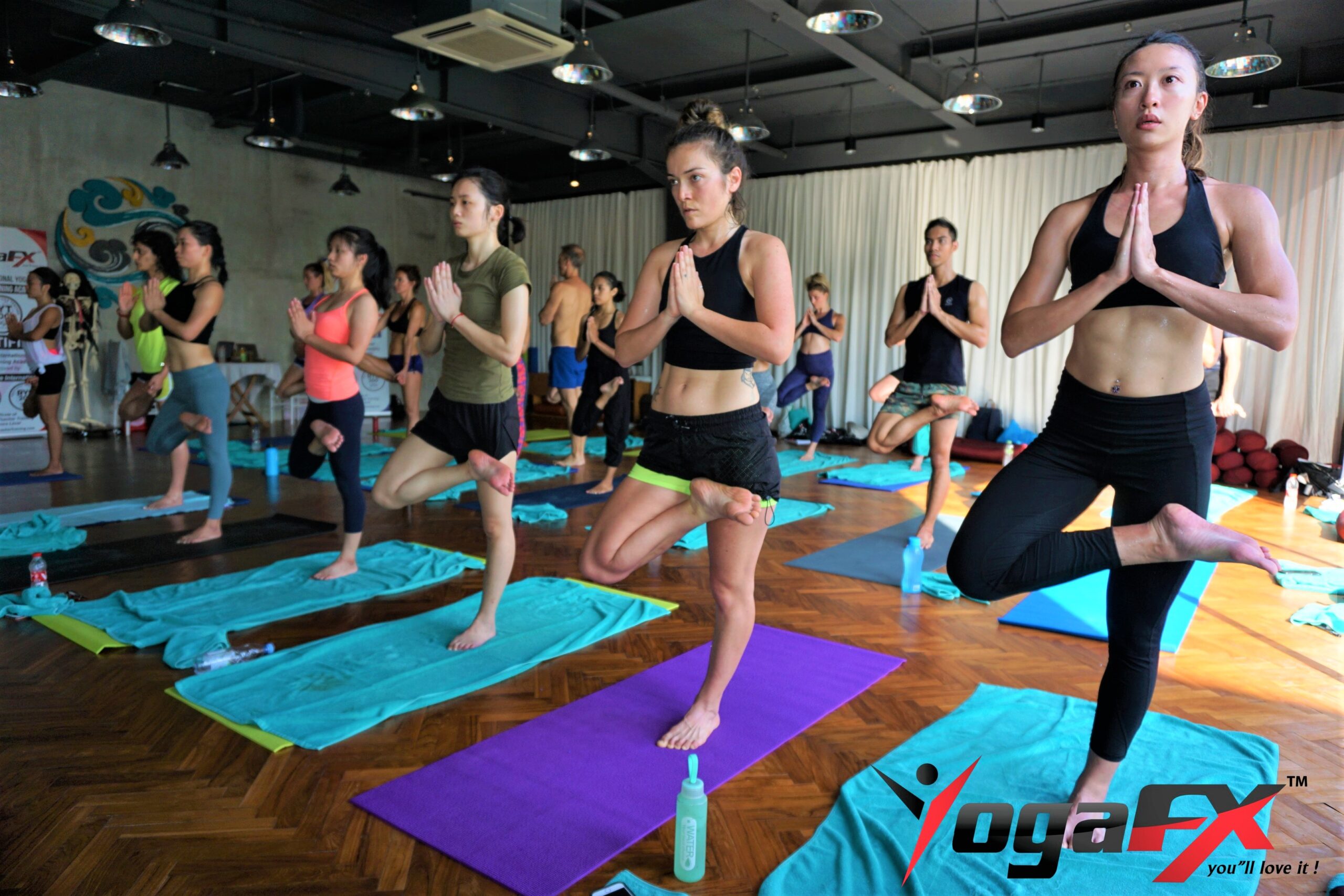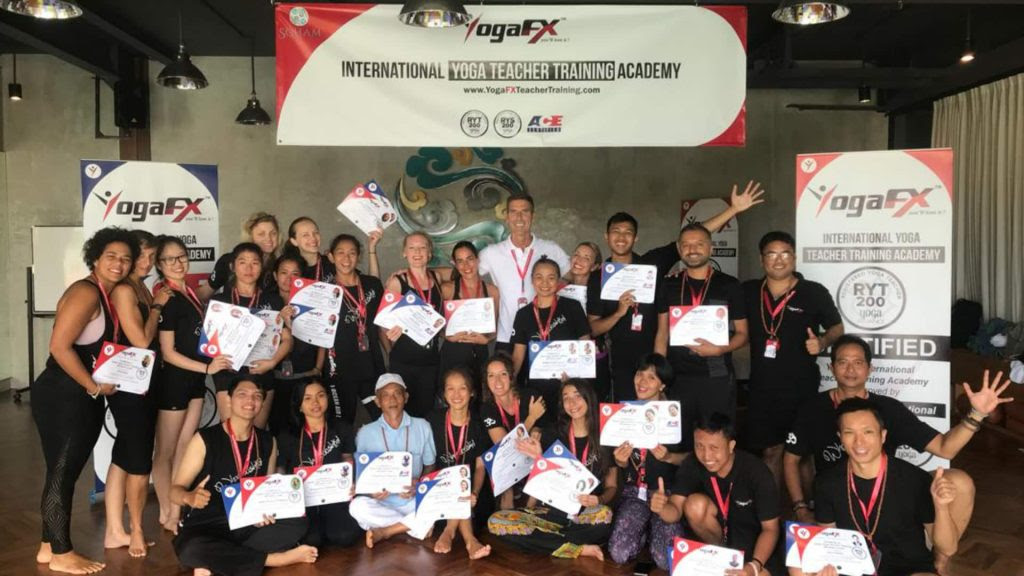When it comes to the practice of yoga, there are various styles and approaches available, each offering unique benefits for the mind, body, and spirit. Among these styles, hot yoga and regular yoga are two popular choices that cater to different preferences and goals. Hot yoga, performed in a heated environment, and regular yoga, practiced in a non-heated setting, each provide distinct advantages for practitioners. In this article, we will delve into the benefits of hot yoga versus regular yoga, shedding light on the differences between these practices and helping you make an informed choice based on your individual needs and preferences. Whether you seek a detoxifying and intense workout or a gentle and meditative practice, understanding the benefits of each can guide you towards a yoga practice that aligns with your goals and enhances your overall well-being.

Benefits of Hot Yoga
Hot yoga, often associated with styles like 26 and 2 yoga or Bikram yoga, takes place in a heated room, usually maintained at a temperature of around 105 degrees Fahrenheit. The heat in hot yoga studios offers unique benefits that distinguish it from regular yoga practices. One of the significant advantages is the improved flexibility and range of motion. The heat allows muscles to warm up more quickly, promoting greater elasticity and enabling deeper stretches. Hot yoga practitioners often find themselves achieving more significant progress in their flexibility journey.
Additionally, the elevated temperature in hot yoga studios leads to increased cardiovascular benefits and calorie burn. The heart works harder to pump blood to the muscles, promoting improved cardiovascular health. The intense nature of hot yoga classes, combined with the heat, results in an elevated heart rate and a higher calorie expenditure, making it an effective practice for weight management and overall fitness.
Moreover, the heat in hot yoga classes promotes detoxification through increased sweating. As the body sweats, toxins and impurities are flushed out, resulting in a cleansing effect. Hot yoga practitioners often feel a sense of rejuvenation and lightness after their practice, thanks to the detoxifying benefits.
Always “Work With Life Facts” Not Against Them
Benefits of Regular Yoga
Regular yoga, practiced in a non-heated environment, offers its own unique advantages. One of the key benefits is the focus on proper alignment and posture. In regular yoga classes, instructors prioritize teaching correct alignment to ensure the safety and effectiveness of each pose. By learning proper alignment, practitioners can improve their posture, enhance body awareness, and reduce the risk of injuries.
Regular yoga practices also emphasize mindfulness and stress reduction through breathwork and meditation. The slower pace of non-heated yoga classes allows practitioners to delve deeper into their breath, fostering a sense of relaxation and presence. This focus on mindfulness helps reduce stress, increase mental clarity, and cultivate a calmer state of mind.
Additionally, regular yoga practice enhances balance, stability, and core strength. The emphasis on controlled movements, such as holding poses and transitioning mindfully, builds strength in the core muscles and improves overall balance and stability. Regular yoga practitioners often experience improved coordination and a greater sense of body control.
Comparison of Heat in Hot Yoga and Non-Heated Environment in Regular Yoga
The presence or absence of heat in hot yoga and regular yoga creates different experiences and benefits for practitioners. In hot yoga, the heat intensifies the practice, promoting deeper stretches, increased cardiovascular demands, and enhanced detoxification. The controlled heat in hot yoga studios contributes to a unique environment that challenges practitioners physically and mentally.
On the other hand, regular yoga classes focus on creating a comfortable room temperature that allows practitioners to explore the poses and breathwork without the added intensity of heat. The absence of heat provides a nurturing environment for practitioners to delve into the meditative aspects of yoga, promoting relaxation, stress reduction, and mindfulness.
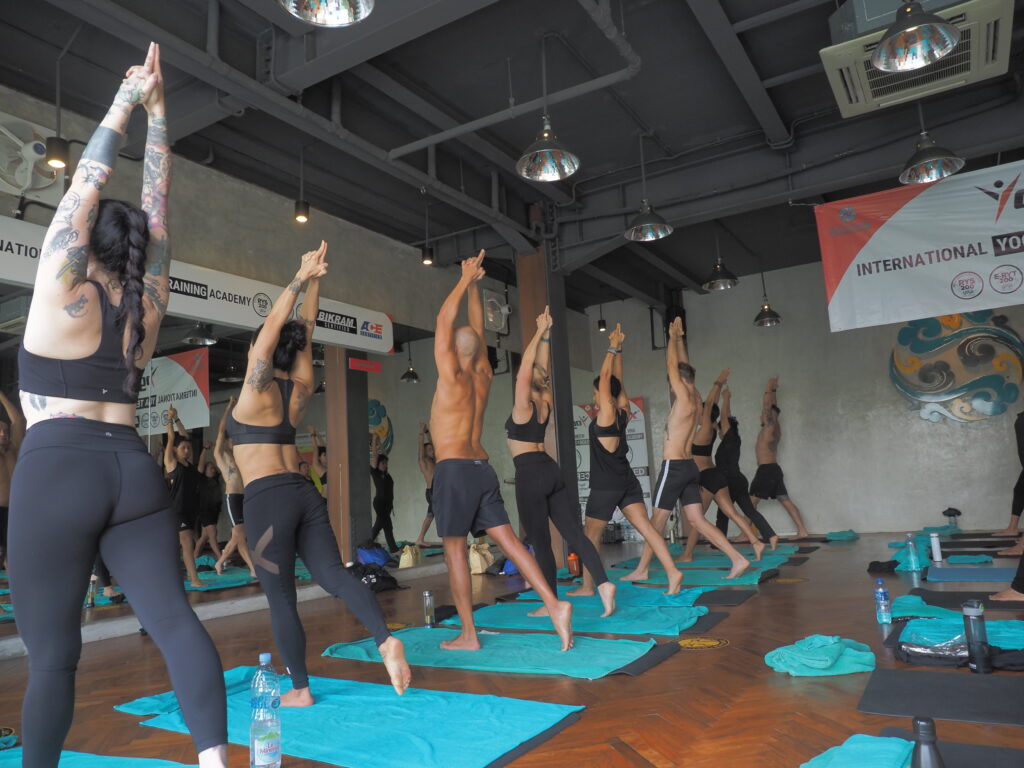
Personalization and Adaptability of Yoga Practices
One of the beautiful aspects of yoga is its adaptability to individual needs and preferences. Both hot yoga and regular yoga practices can be modified and customized to suit practitioners of various fitness levels and physical conditions. Whether you choose to practice in a heated or non-heated environment, it is essential to listen to your body, respect its limits, and honor what feels right for you.
When considering which practice to incorporate into your routine, take into account your physical conditions and tolerance to heat. If you have any medical concerns or conditions that may be exacerbated by heat, it is advisable to consult with a healthcare professional before engaging in hot yoga. Similarly, if you have a preference for a more intense, challenging, and detoxifying practice, hot yoga may be a suitable choice. If you prefer a gentler, meditative, and alignment-focused practice, regular yoga may be more aligned with your needs.
Conclusion
In conclusion, both hot yoga and regular yoga offer distinct benefits that can enhance your physical, mental, and emotional well-being. Hot yoga provides intensified stretches, increased cardiovascular demands, and detoxification benefits through the heat. Regular yoga, on the other hand, emphasizes proper alignment, mindfulness, stress reduction, and improved balance.
To further explore the benefits of hot yoga and deepen your practice, consider participating in Bikram Hot YogaFX teacher training offered by YogaFX. Led by Mr. Ian YogaFX, a Yoga Alliance certified instructor and ACE fitness professional, these comprehensive training programs provide the knowledge and skills to become a certified hot yoga instructor. Embrace the potential of both hot yoga and regular yoga, and find the practice that resonates with your goals, preferences, and overall well-being. Remember to consult with qualified yoga instructors for guidance and support in your yoga journey.

